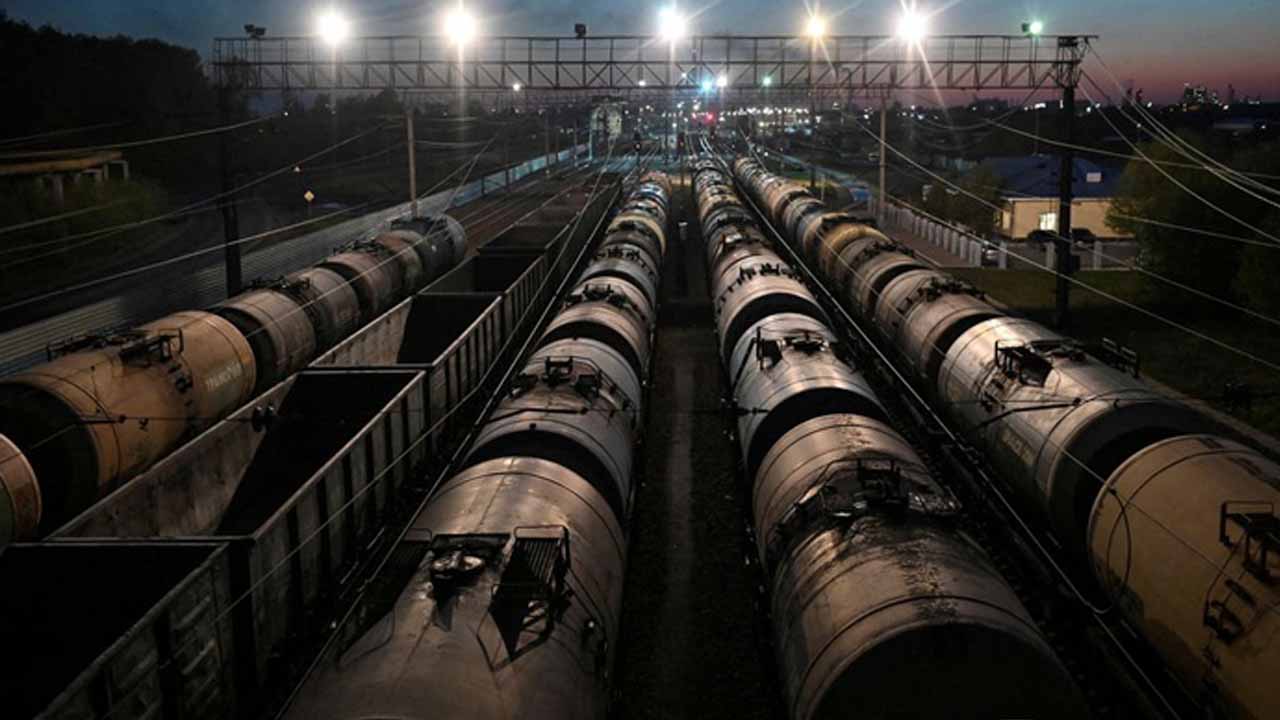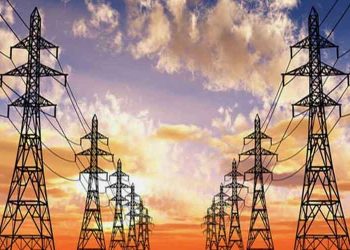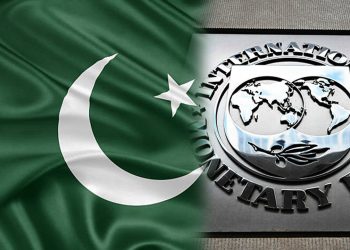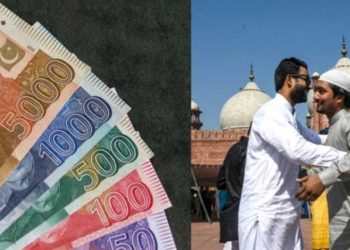According to the central bank, Pakistan’s currency continued to depreciate against the US dollar on Thursday, losing 0.47 percent of its value in the interbank market. Experts linked this decline to the rising need for oil import payments.
Up until recently, officials, traders, and experts in Pakistan counted the rupee as one of the world’s “top performers” in August because it had gained a significant amount of value following months of weak trading against the backdrop of political and economic unrest in the nation.
The rupee, however, has continually fallen against the dollar this week and ended Thursday at Rs219.41.
The national currency of Pakistan was worth Rs214.65 at the end of the previous week.
According to Samiullah Tariq, research director at the Pakistan-Kuwait Investment, “the rupee is under pressure in the interbank market largely owing to the low supply of dollar amid rising demand for the oil import payments.” As a result of the UAE authorities’ requirement that tourists carry AED5,000, the Emirati dirham has increased in value on the open market.
However, local traders said that money smuggling to Afghanistan was to responsible for the rupee’s decline.
“There is shortage of dollar in local market due to the rise in currency smuggling to Afghanistan,” Zafar Paracha, general secretary of the Exchange Companies Association of Pakistan, said. “The smugglers have enhanced their activities after the government increased import duties mainly on luxury goods. The government needs to step up measures at border crossings with Afghanistan to curb the smuggling of currency.”
A growing current account deficit and declining foreign exchange reserves have put pressure on the Pakistani rupee in recent months. By requesting external funding from friendly countries and the International Monetary Fund (IMF), the administration was attempting to solve the issue.
On July 13, the IMF and Pakistan came to a staff-level agreement to restart a $6 billion credit facility that had been put on hold earlier this year.
The executive board of the international lending organization will now convene on August 29 before providing $1.2 billion to help Pakistan’s cash-strapped economy.






